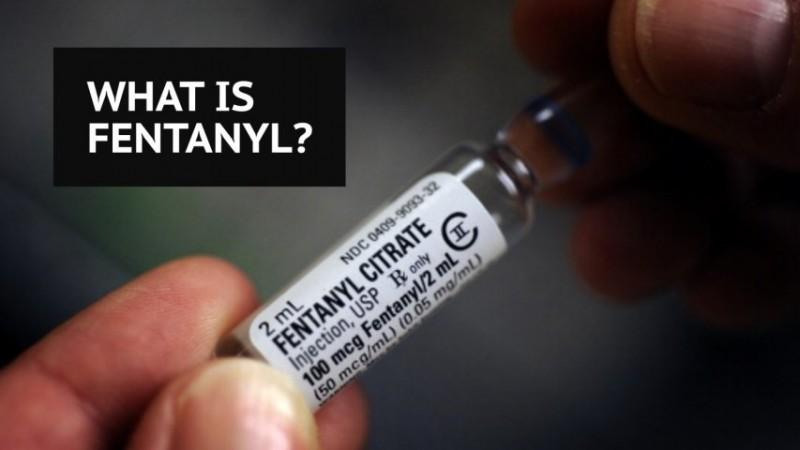In theory, everyone expected to see a major drop in opioids during the pandemic. Forced lockdowns, transportation cuts and limited movement should have meant that there is zero infrastructure available for drugs to be peddled to the end-user. Only the reality turned out to be frighteningly different.
Drug overdose of all kinds killed nearly 84,000 people in the US from August 2019 to July 2020. That is a staggering 23% more than in the previous 12-month period. That also happens to be the highest number of overdose deaths ever recorded in a single year. Opioids accounted for more than 61,000, or 73% of those deaths.

Biden's got a lot on his platter; the economy, the pandemic, but the opioid epidemic needs just as an urgent intervention. Covid pandemic, in fact, led many to give into weak moments and end their long periods of sobriety. The mental health issues stand escalated by economic stress, unemployment and unpredictability. All that means substance abuse is at an all-time high.
How grave is the issue?
The National Survey on Drug Use and Health found that 9.9 million people, (starting at the age of twelve) misused prescription opioids in 2018, and an estimated 2 million people had an opioid use disorder. It must be noted that the term opioid includes both prescription pain relievers like Vicodin, Oxycontin, Percocet and illicit drugs such as heroin, fentanyl etc.

Charting the journey of the Opioid crisis
As per the data and a video shared by National Safety Council, the drug overdose problem can be traced right back to the 1990s when opioid drugs were commonly prescribed to treat pain. By 1999, the effects of this phenomenon have started to appear. Among the first signs of the epidemic were how the adults in their forties (Baby Boomers) were the most affected. By 2007, the Millennials see a spike in preventable overdose deaths. From 2013 to 2017, this number of preventable drug overdose deaths for all opioids grows by an alarming figure of 98%.
The age group most affected
This epidemic has clearly affected adults of all age groups, but by 2018, the largest number of opioid deaths occurred among the youngest and the most productive age group of 25 to 34, which makes this crisis even more worrying at several levels.
However, it was only in 2018 that opioid overdose deaths decreased by 1 % in 2018. But one off figure is more of a fluke and anything but a trend. Over two-thirds of these preventable deaths are males though female opioid overdose deaths have increased at a much faster pace than male deaths. The increase is 910 percent for females.
What did Trump do?

During his campaign speeches last year, Trump said that getting rid of the opioid crisis would be his top priority. Looking at his back record, in 2017, Trump appointed an Opioid Commission, led by former New Jersey Governor Chris Christie and declared the Opioid crisis a national public health emergency.
"The time for talk is passed. One hundred and seventy five deaths a day can no longer be tolerated," wrote Governor Chris Christie, chair of the commission in a letter to Trump along with 131-page report. The report made more than 50 recommendations. However, by December the same year, the commission was disbanded.
What does Biden propose to do?

In one of his campaign speeches, Joe Biden proposed pumping $125 billion investment into the prevention of substance abuse, treatment and recovery to be paid spread over a ten-year period with taxes on the pharmaceutical industry. For Biden, it gets a little personal.
The President has openly spoken about his son Hunter's battle with addiction. On responding to attacks by former President Trump, Biden admitted to his son Hunter being an addict once, "My son like a lot of people at home had drug problem, he has worked on it. He has overtaken it. I am proud of him." Hope he can help US overcome the problem too.

















